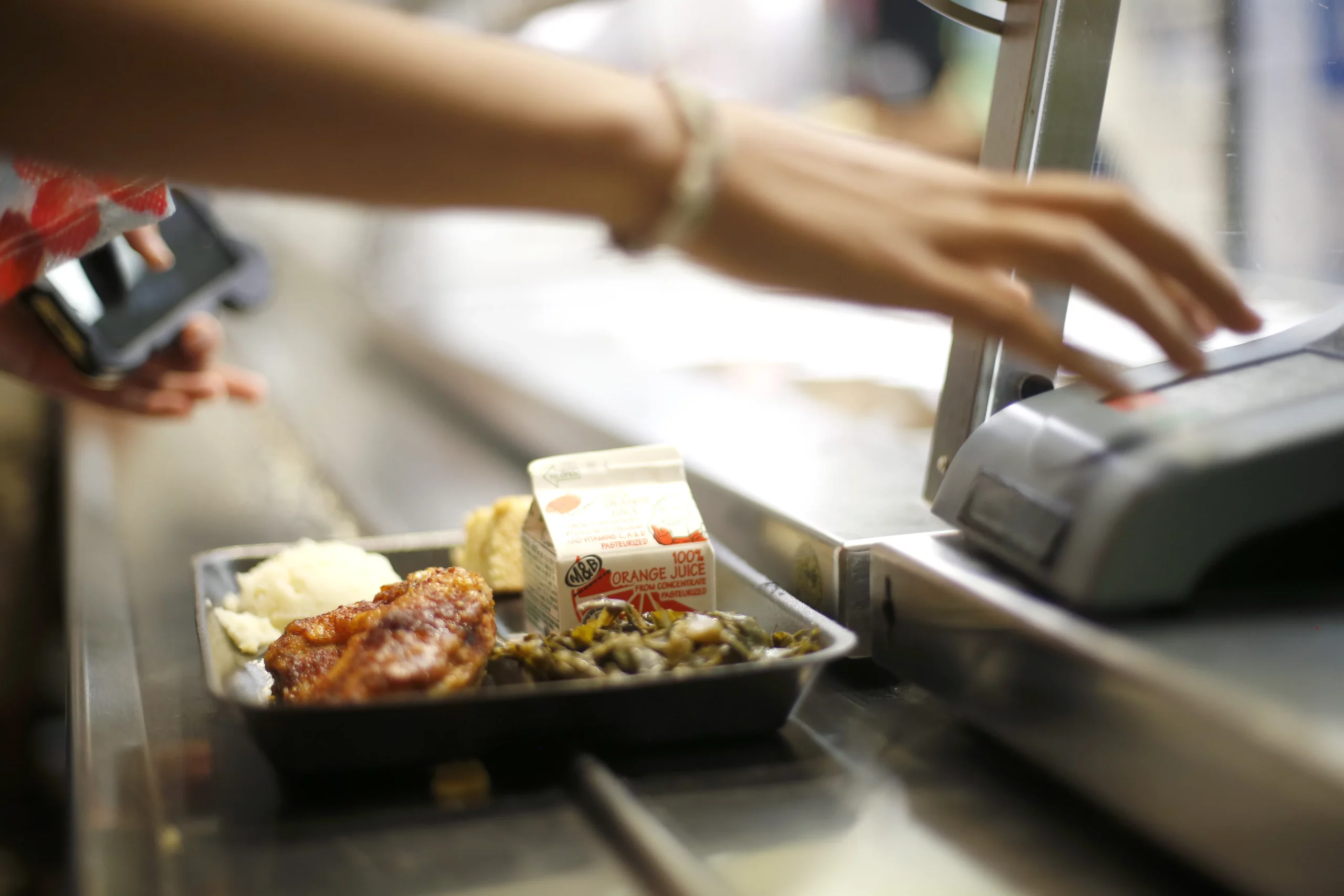In the ongoing movement toward sustainability, schools across the country are recognizing the importance of making environmentally conscious choices. One significant step forward is the elimination of Styrofoam from elementary school cafeterias. While Styrofoam has been a common material for lunch trays and food packaging for decades, its environmental impact and health concerns are prompting school districts to seek better alternatives.
Styrofoam, or polystyrene, is a type of plastic that is lightweight and inexpensive, making it a convenient option for single-use food trays and containers. However, the convenience comes at a high environmental cost. Polystyrene is not biodegradable and takes hundreds of years to break down, often ending up in landfills or oceans, contributing to plastic pollution. Additionally, the production of Styrofoam involves harmful chemicals like benzene and styrene, which have been linked to adverse health effects.
Given these concerns, many schools are recognizing that continuing to use Styrofoam trays is not aligned with promoting a healthy environment for students or the planet.
Styrofoam has been criticized not only for its environmental consequences but also for potential health risks. When heated, polystyrene can leach toxic chemicals into food, posing potential health risks, especially for young children. Studies have shown that chemicals like styrene may have long-term effects on human health, including links to cancer and neurological issues.
On the environmental front, the durability of Styrofoam becomes its downfall. Because it takes so long to decompose, Styrofoam contributes significantly to the waste problem. Much of it ends up in oceans, where it breaks into tiny particles that harm marine life and ecosystems.
Thankfully, schools don’t have to sacrifice convenience when making greener choices. Many districts are transitioning to more sustainable alternatives for cafeteria food service, such as biodegradable trays made from plant-based materials like sugarcane, wheat straw, or recycled paper. These materials decompose more quickly, reducing the amount of waste that ends up in landfills. Additionally, some schools have moved to reusable trays, cutting down on both waste and long-term costs.
Another option is compostable trays, which can be processed in industrial composting facilities, turning food scraps and trays into nutrient-rich soil, thus creating a more sustainable waste cycle.
Several school districts across the U.S. have already made the switch to Styrofoam-free cafeterias. In large urban areas, entire districts are opting for compostable or reusable tray systems, setting an example for others to follow. Many of these schools have noticed a decrease in cafeteria waste and an increase in student awareness about the importance of sustainability.
Parents and teachers also play a crucial role in supporting these initiatives. By encouraging students to learn about the environmental impacts of their daily habits, schools can foster a generation that is more conscious of their ecological footprint.
Switching from Styrofoam to eco-friendly alternatives is not without its challenges. The initial cost of sustainable materials can be higher than Styrofoam, making it difficult for underfunded school districts to make the change. However, the long-term savings from reusable trays and reduced waste disposal costs can offset these upfront expenses. Furthermore, many districts have partnered with local governments or environmental organizations to fund these initiatives, ensuring that the cost doesn’t fall solely on the schools.
Eliminating Styrofoam from elementary cafeterias is more than just a small step—it’s a statement about the values we want to instill in future generations. By prioritizing sustainability and health, schools can set a powerful example, showing students that even small actions—like choosing a different lunch tray—can make a big difference for the planet.
As more schools commit to Styrofoam-free environments, the ripple effect will inspire further changes in waste management and sustainability in the broader community. With continued efforts, we can move toward greener, healthier schools where both children and the environment thrive.

